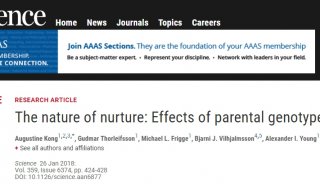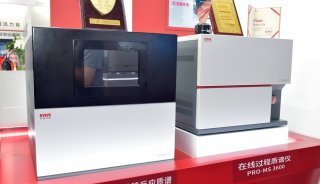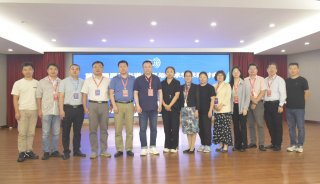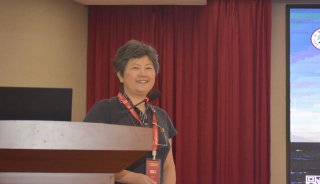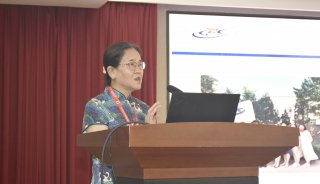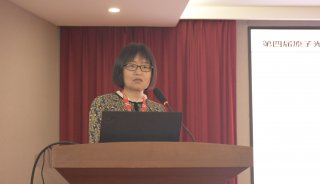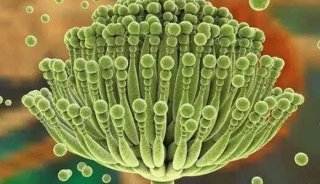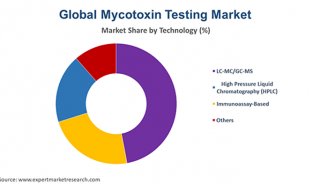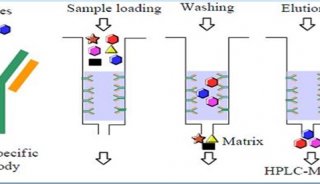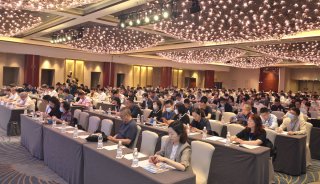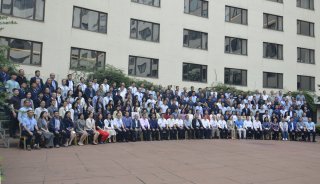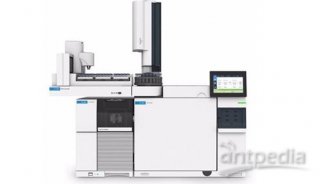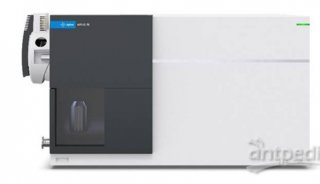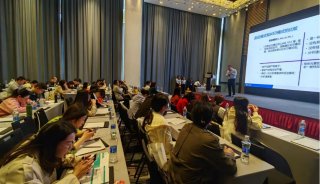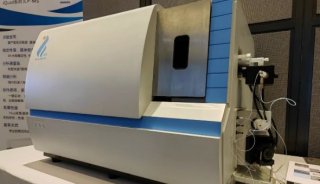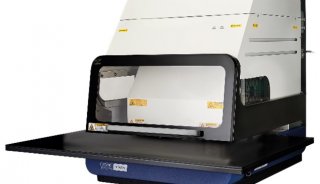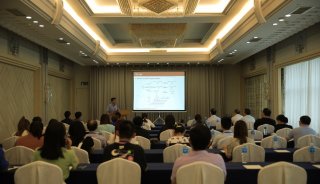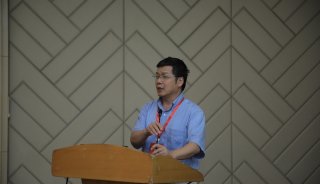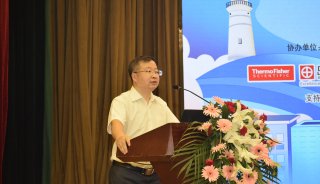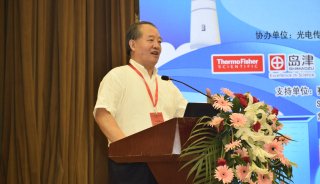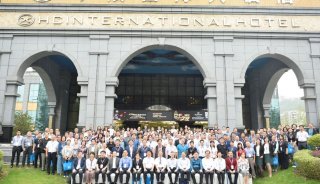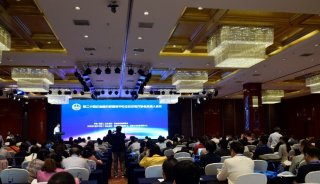基因型分析
Randomly Amplified Polymorphic DNA (RAPD)
Randomly Amplified Polymorphic DNA (RAPD) by (DNA KAFFE)
RAPD analysis has been successfully used in mapping and fingerprinting applications. RAPD can efficiently identify differences that constitute a significant fraction of a genome. This is a very nice protocol describing in great detail the background knowledge, method and trouble shooting.
RAPD Reaction and Cycling Conditions (Kim Marshall)
A Rapid CTAB DNA Isolation Technique Useful for RAPD Fingerprinting and Other PCR Applications (Kim Marshall)
Random Amplified Polymorphic DNA (RAPD) Protocol (Graham Casey)
Amplifyed Fragment Length Polymophism (AFLP)
Amplifyed Fragment Length Polymophism (AFLP) by (DNA KAFFE)
AFLP originally known as selective restriction fragment amplification (SRFA) produces highly complex DNA profiles by arbitrary amplification of restriction fragments ligated to double-stranded adaptors with hemi-specific primers harboring adaptor-complementary 5' termini. The AFLP protocol can be devided in the following steps: (1) DNA digestion with two different restriction enzymes, (2) ligation of double-stranded adapters to the ends of the restriction fragments, (3) optional DNA pre-amplification of ligated product, and (4) DNA amplification of subsets of restriction fragments using selective AFLP primers and labelling of amplified products.
Amplified Fragment Length Polymorphisms (AFLPs) (Oregon State U)
Amplified Fragment Length Polymorphism (AFLP) protocol for Wheat (Graham Casey)
Single-Strand Conformation Polymorphism (SSCP)
A method for distinguishing between similar sized DNA fragments according to the mobility of the single-stranded DNA under polyacrylamide gel electrophoresis.(Birgid Schlindwein's Hypermedia Glossary Of Genetic Terms)
SSCP (FMC)
provides general guide for PCR and gel resolution.
SSCP (PE Biosystems)
This protocol provides detailed instructions for performing SSCP mutation screening.
Heteroduplex Analysis
The study of the mobilities of heteroduplex DNA under polyacrilamide gel electrophoresis. The reduced mobility of heteroduplex DNA compared with homoduplex DNA is proportional to the degree of divergence of the sequences.(Birgid Schlindwein's Hypermedia Glossary Of Genetic Terms)
Heteroduplex Analysis (FMC)
Guide for preparing PCR for heteroduplex analysis
Microsatellite Analysis
Microsatellite Analysis (PE Biosystems)
Microsatellite loci are PCR amplified and the PCR products are then analyzed by electrophoresis to separate the alleles according to size. PCR-amplified microsatellite alleles can be detected using usr/localious methods, such as fluorescent dye labeling, silver staining, or fluorescent dye staining.
Others
DNA Separation by (DNA KAFFE)
The scanning of nucleic acids by amplification produces an array of DNA products that can be resolved using a usr/localiety of methods. As originally described, DAF and AP-PCR use PAGE, while RAPD analysis separates amplification products by electrophoresis in agarose gels. These techniques differ also in the way how nucleic acid fragments are detected; DAF uses silver staining, AP-PCR uses autoradiography, and RAPD uses staining with ethidium bromide. This Protocol focuses on several polyacrylamide-based separation techniques that can be used to separate DAF or differentially displayed RNA profiles. It also describes the staining of nucleic acid fragments with silver and recovery of DNA.
Denaturing Gradient Gel Electrophoresis (DGGE) (Donis-Keller lab)
Denaturing gradient gels are used to detect non-RFLP polymorphisms. The small (200-700 bp) genomic restriction fragments are run on a low to high denaturant gradient acrylamide gel; initially the fragments move according to molecular weight, but as they progress into higher denaturing conditions, each (depending on its sequence composition) reaches a point where the DNA begins to melt. The partial melting severely retards the progress of the molecule in the gel, and a mobility shift is observed. It is the mobility shift which can differ for slightly different sequences (depending on the sequence, as little as a single bp change can cause a mobility shift). Alleles are detected by differences in mobility.
3% Trevigel Protocol for 3 bp resolution of SSR PCR products (Kim Marshall)
SSR Gel and Silver Staining Protocol (Kim Marshall)
-
会议会展

-
项目成果

-
焦点事件

-
焦点事件

-
企业风采

-
科技前沿

-
标准
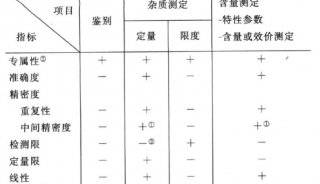
-
精英视角
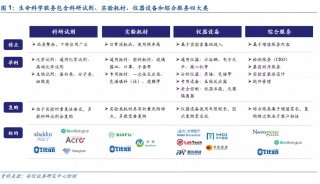
-
企业风采

-
科技前沿
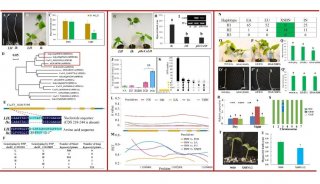
-
科技前沿

-
焦点事件

-
焦点事件

-
焦点事件

-
焦点事件
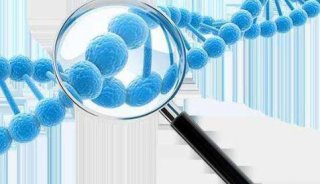
-
项目成果
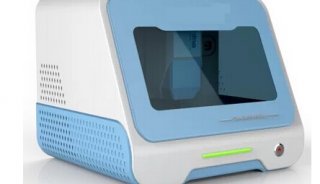
-
项目成果
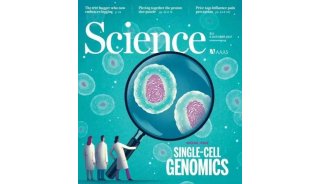
-
科技前沿
